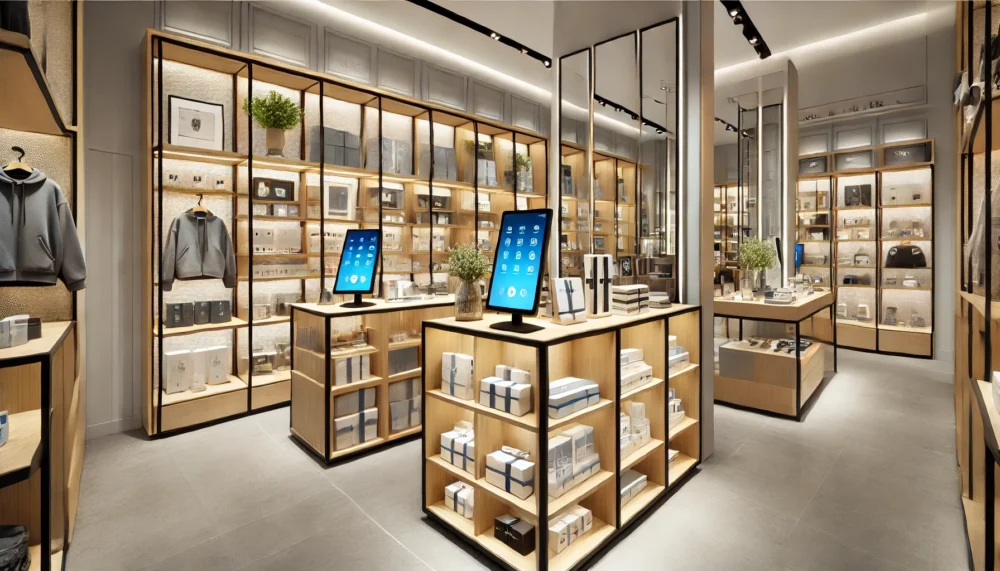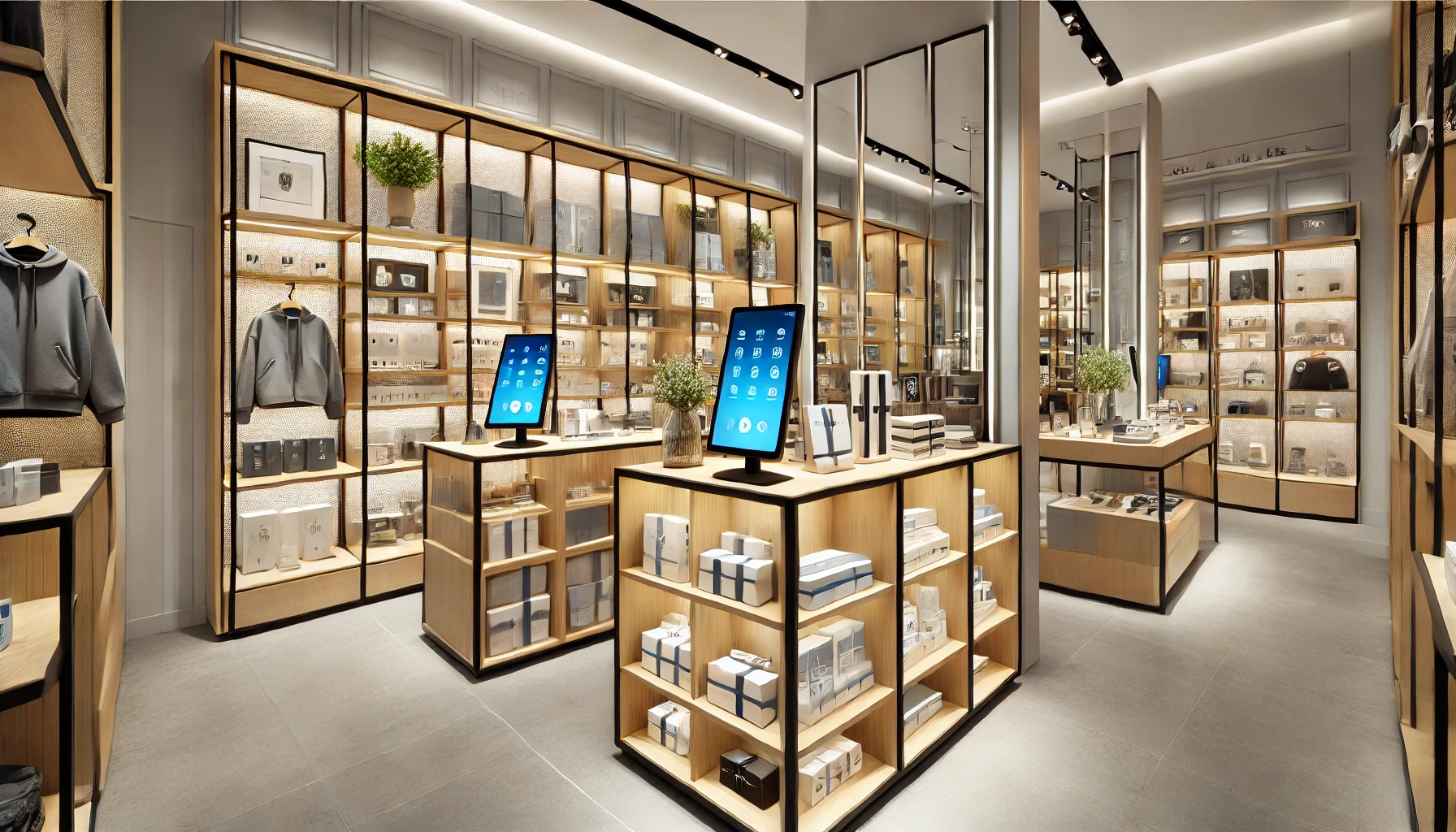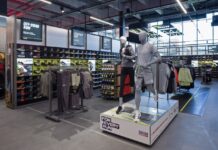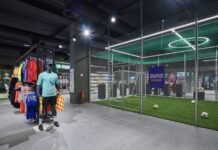In the dynamic world of retail design, every square foot holds potential. For retailers working with small spaces, the challenge is to craft displays that are not only functional but also visually compelling. These displays must captivate customers, promote products effectively, and enhance the overall shopping experience—all within limited confines. With the right strategies, even the smallest of spaces can make a big impact.

The Power of Small Spaces
In retail, the importance of every inch cannot be overstated. Small spaces, while challenging, offer a unique opportunity to create intimate and engaging environments that can significantly influence consumer behaviour. These spaces force designers to think creatively and efficiently, ensuring that every element serves a purpose. Whether it’s a narrow aisle, a compact window display, or a small corner of a shop, each area must be optimised to draw attention, guide customers, and ultimately drive sales.
Trends Shaping Small Space Design
As retailers prepare for the 2025 VM and Display Show, several key trends are emerging that are particularly relevant for small spaces. One of the most significant is the use of modular displays. These adaptable systems allow retailers to reconfigure their layouts easily, offering flexibility in how space is utilised. Modular units can be stacked, rearranged, or expanded, making them ideal for small stores that need to change displays frequently to keep up with seasonal trends or new product lines.
Another trend gaining traction is the integration of digital elements into physical displays. Digital screens, interactive kiosks, and augmented reality (AR) experiences can provide rich, engaging content without taking up much physical space. This not only enhances the customer experience but also allows retailers to showcase a broader range of products and information in a confined area.
Maximising Vertical Space
In small spaces, it’s crucial to think vertically as well as horizontally. Walls, pillars, and ceilings can all serve as valuable display real estate. Using shelving, hanging displays, and wall-mounted racks allows retailers to showcase products without cluttering the floor. This approach not only frees up space but also draws the eye upward, creating a more dynamic and layered visual experience.
The use of mirrors and reflective surfaces is another technique that can make small spaces feel larger. Strategically placed mirrors can create the illusion of depth and space, making a cramped area appear more open. Reflective materials can also add a touch of luxury and sophistication, enhancing the overall aesthetic of the store.
The Role of Lighting
Lighting plays a pivotal role in small-space display design. Effective lighting can highlight key products, create focal points, and set the mood within the space. For small areas, accent lighting is particularly effective. By focusing light on specific products or display areas, retailers can draw attention where it’s most needed. Additionally, the use of LED lighting, which is both energy-efficient and versatile, allows for creative lighting solutions that can be adapted to different display needs.
For those seeking inspiration and the latest in display design for small spaces, the 2025 VM and Display Show at the BDC in London is an essential event. This show brings together the best in visual merchandising and display, showcasing cutting-edge products, materials, and technologies. Attendees can expect to see demonstrations of modular display systems, innovative lighting solutions, and digital integration techniques, all tailored to the needs of small-space retail environments.
The show also offers valuable opportunities for networking and learning, with industry experts sharing insights and strategies for overcoming the challenges of small-space design. Whether you’re a seasoned retailer looking to refresh your displays or a new business navigating the complexities of retail design, the VM and Display Show provides the tools, knowledge, and inspiration needed to succeed.















